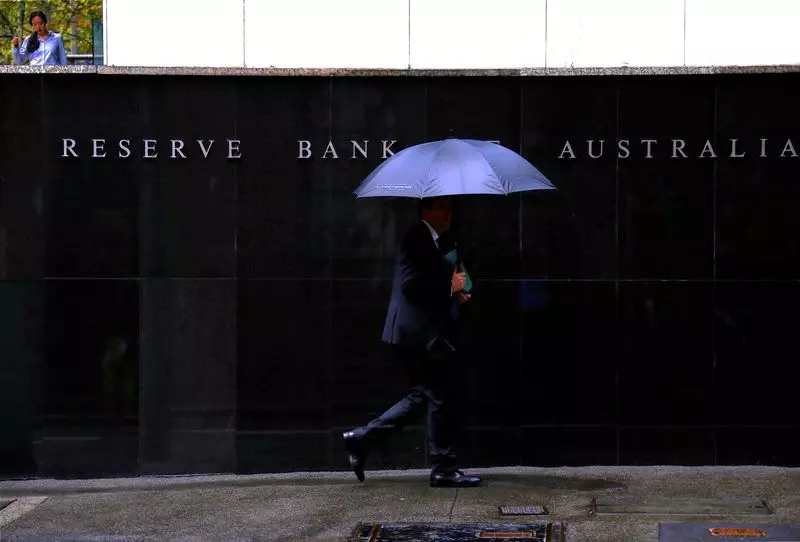As Australia navigates its post-pandemic economic environment, the Reserve Bank of Australia (RBA) faces a complex decision-making landscape regarding interest rates. Recent data indicates a unique combination of robust economic activity and persistent core inflation, overwhelming the central bank’s capacity to make aggressive monetary policy adjustments. This analysis delves into the current state of Australia’s interest rates, economic indicators, and the broader implications on the financial landscape.
In a recent poll conducted by Reuters, economists expressed a consensus that the RBA would maintain its key interest rate at 4.35% through the end of 2023. This stance reflects a cautious approach, influenced by the dynamics of the Australian economic environment. While consumer price inflation declined to 2.8% last quarter—entering the RBA’s target range of 2-3% for the first time in three years—core inflation remains stubbornly high, prompting a need for careful deliberation. Unlike many of its global counterparts, the RBA’s tightening cycle has been less aggressive, raising rates by 425 basis points from a record low of 0.10%.
Another pivotal aspect influencing the RBA’s decision-making is the job market. The unemployment rate has been steady, hovering between 4.0% and 4.2% since April, showcasing a resilient labor market. This stability not only reinforces economic confidence but also aligns with the RBA’s dual mandate of fostering economic growth and promoting job creation. A robust employment situation often reduces the urgency for central banks to alter monetary policy, especially when inflationary signals persist.
Economists involved in the October 30-31 poll unanimously predicted the RBA to maintain its rate at 4.35% following the upcoming policy meeting scheduled for November 5. This reflects a broader understanding that while the economy is faring well in some respects, the dangers posed by elevated core inflation warrant a restrained monetary expansionist path. Craig Vardy from BlackRock articulated this sentiment, suggesting a gradual shift in the RBA’s messaging from a hawkish stance to one that is more balanced.
Despite the optimism surrounding economic activity, most local banks—including ANZ, CBA, NAB, and Westpac—foresee no rate changes throughout the remainder of the year. The prevalent expectation is that the RBA might implement rate cuts in early 2025, evidencing a desire for proactive easing measures contingent upon improved economic indicators. Expectations of a potential 25 basis point cut in February have also emerged among economists, indicating a cautious but hopeful outlook for monetary easing.
The dynamic between Australian monetary policy and that of the U.S. Federal Reserve further complicates predictions. Grappling with relatively high core inflation, the RBA appears poised to lag behind the more aggressive U.S. Fed, which has been anticipated to ease interest rates more quickly. As a result, the Australian dollar is projected to regain losses experienced this year, with expectations of steady trading around $0.68.
Forecasts suggest a strategic approach by the RBA, with most economists advocating for a gradual adjustment in rates rather than an abrupt shift. My Bui from AMP highlights the expectation that the core inflation rate might not enter the desired target band until the middle of the third quarter of 2024. Absent any significant recessionary pressures, the RBA is likely to remain steadfast in its conservative approach towards interest rate cuts.
As Australia strives to balance a strong economic recovery with persistent inflation worries, the RBA’s strategies reflect an ongoing deliberation between growth and inflation control. The unanimous agreement among economists regarding the current interest rate position highlights a wide recognition of the potential risks involved. Moving forward, it will be essential for the RBA to monitor economic indicators closely, adapting its strategies as necessary while weighing the challenges of maintaining a stable monetary environment amidst global economic shifts. The interplay of these factors will undoubtedly shape Australia’s financial landscape in the years to come.

